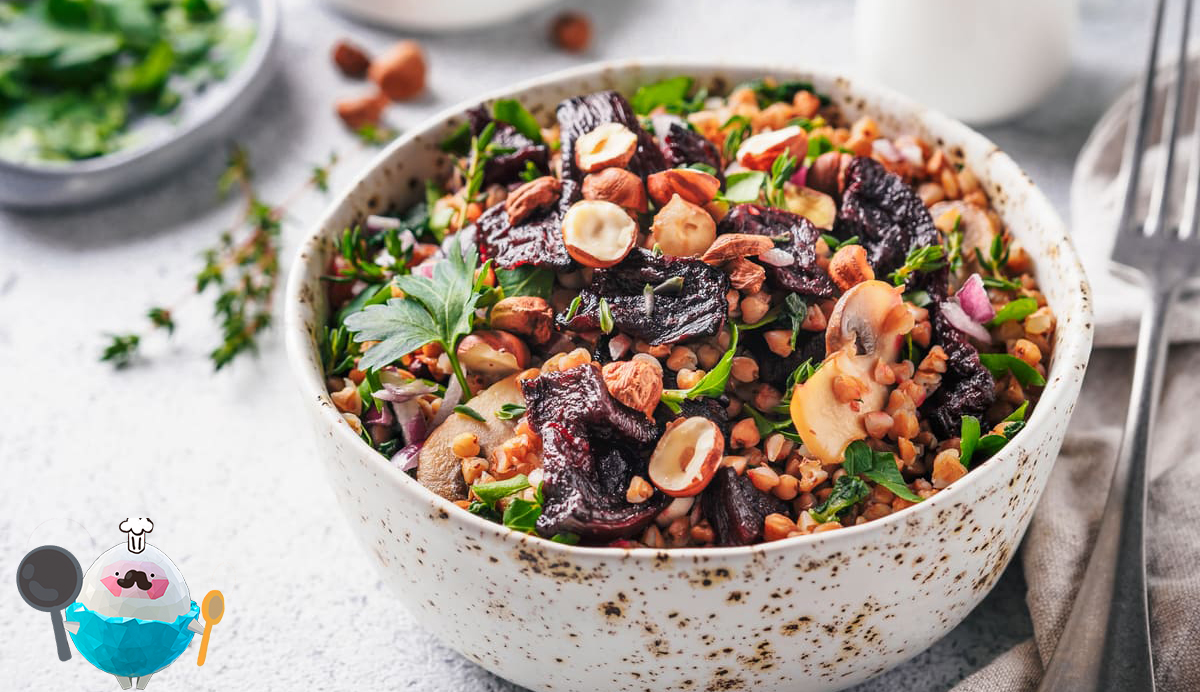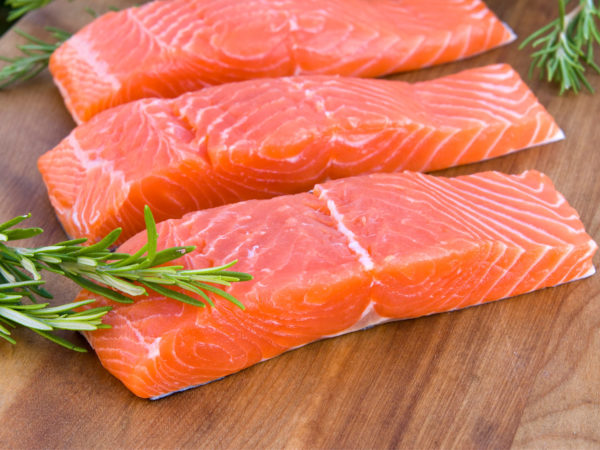Complete Keto Diet Food List: What to Eat and Limit on the Keto Diet
Discover the essential foods to include and restrict when following the ketogenic diet, a high-fat, moderate-protein, and very low-carbohydrate approach. This comprehensive guide will help you understand if the keto diet is suitable for you and provide valuable insights into making your keto journey easier. With a Canadian voice, we bring you the ultimate resource for navigating the world of keto and optimizing your health.
Foods You Can Eat on the Ketogenic Diet

Fish and Seafood:
Experience the benefits of omega-3 fats and essential nutrients found in fish such as salmon, sardines, mackerel, albacore tuna, and more. These protein-rich, carb-free options promote improved blood sugar levels and overall well-being.
Low-Carb Veggies:
Discover a variety of nonstarchy vegetables like broccoli, cauliflower, green beans, bell peppers, zucchini, and spinach. These low-calorie, high-nutrient options contain antioxidants that safeguard against harmful free radicals and contribute to your ketogenic success.
Cheese:
Indulge in the deliciousness of cheese, which contains zero carbohydrates and is rich in fat, protein, and calcium. While enjoying cheddar cheese, be mindful of saturated fat intake for heart health benefits.
Avocados:
Embrace heart-healthy fats with avocados, a rich source of monounsaturated fats and potassium. These versatile fruits contain only a moderate amount of carbohydrates and provide numerous health advantages, including improved cholesterol levels.
Poultry:
Incorporate lean protein from fresh meat and poultry into your ketogenic diet. These sources of B vitamins, potassium, selenium, and zinc offer essential nutrients while remaining carb-free. Opt for chicken, fish, and beef over processed meats to minimize health risks.
Eggs:
Savor the nutritional benefits of eggs, which are packed with protein, B vitamins, minerals, and antioxidants. With zero carbohydrates and the ability to stabilize blood sugar levels, eggs are an ideal choice for a ketogenic diet.
Nuts, Seeds, and Healthy Oils:
Enjoy the healthy fats, fiber, and protein found in nuts and seeds. Almonds, brazil nuts, macadamia nuts, chia seeds, flaxseeds, and others are great options. Use olive oil and coconut oil to enhance your cooking and boost ketone production.
Plain Greek Yogurt and Cottage Cheese:
Opt for plain Greek yogurt and cottage cheese, which are high in protein and calcium. These nutrient-dense foods support appetite control and can be a part of your ketogenic lifestyle when chosen wisely.
Berries:
Satisfy your sweet cravings with antioxidant-rich berries that are low in carbs and high in fiber. Enjoy blackberries, blueberries, raspberries, and strawberries while keeping your carbohydrate intake in check.
Unsweetened Coffee and Tea:
Indulge in the pleasure of plain coffee and tea, both of which are free from carbohydrates, fat, and protein. Research suggests that coffee can lower the risk of cardiovascular disease, while tea offers various health benefits, including cancer prevention and cognitive function support.
Dark Chocolate and Cocoa Powder:
Delight in the occasional treat of dark chocolate and cocoa powder, ensuring you check the labels for carb content. These delightful options are rich in antioxidants and flavanols, which promote heart health and lower blood pressure.
Foods to Limit on the Keto Diet

Grains:
Limit your consumption of high-carb grains such as rice, pasta, bread, and cereals. Even whole-wheat and gluten-free alternatives should be moderated to maintain ketosis. Consider spiralized vegetables or shirataki noodles as low-carb alternatives to satisfy pasta cravings.
Sugary Foods and Sweeteners:
Avoid or minimize the intake of sugary foods, including candy, cookies, cakes, and sugary beverages. Also, be cautious with artificial sweeteners, as some may still impact blood sugar levels and hinder your progress. Stevia and monk fruit extract are preferable low-carb sweeteners.
Legumes:
Legumes like beans, lentils, chickpeas, and peas are high in carbohydrates and can interfere with ketosis. If you choose to include legumes in your diet, do so in small quantities and account for their carb content.
Starchy Vegetables:
Vegetables like potatoes, sweet potatoes, corn, and carrots are high in starch and should be limited on the keto diet. Opt for non-starchy vegetables mentioned earlier, as they are lower in carbohydrates.
Fruits:
While berries can be enjoyed in moderation, other fruits such as bananas, apples, oranges, and grapes contain higher amounts of natural sugars and should be limited. Stick to small portions of lower-carb fruits like strawberries and blackberries.
High-Carb Beverages:
Fruit juices, soda, sports drinks, and other sugary beverages are not suitable for a ketogenic diet. They are high in carbohydrates and can spike your blood sugar levels. Choose water, sparkling water, unsweetened tea, or coffee instead.
Processed and Fast Foods:
Processed foods, including packaged snacks, frozen meals, and fast food, often contain hidden sugars, unhealthy fats, and high-carb ingredients. These should be avoided as much as possible to maintain a healthy ketogenic diet.
Alcohol:
Alcoholic beverages are typically high in carbohydrates and can hinder ketosis. Beer, sweet cocktails, and sugary mixers should be avoided. If you choose to drink alcohol, opt for dry wines, spirits, or low-carb options in moderation.
Condiments and Sauces:
Many condiments and sauces, such as ketchup, barbecue sauce, and honey mustard, are high in added sugars and carbs. Check labels for low-carb alternatives or make your own keto-friendly versions.
High-Carb Dairy Products:
While cheese and plain Greek yogurt can be enjoyed, be cautious with other dairy products. Milk, flavored yogurts, and ice cream are often high in lactose (milk sugar) and should be limited or avoided.
Foods and Drinks You Can Occasionally Have on the Keto Diet

While moderation is key, you can occasionally include:
Milk: Choose low-carb milk alternatives like almond or coconut milk instead of regular milk.
Beans and Legumes: Include small amounts of beans and legumes, as they are high in fiber and protein but also contain carbs.
With this comprehensive food list, you now have a clear understanding of what to eat and what to limit when following the ketogenic diet. Remember to prioritize whole, unprocessed foods and make informed choices to maintain ketosis and optimize your health. Always consult with a healthcare professional or a registered dietitian before starting any new diet. Enjoy your keto journey with delicious and nourishing food options!






